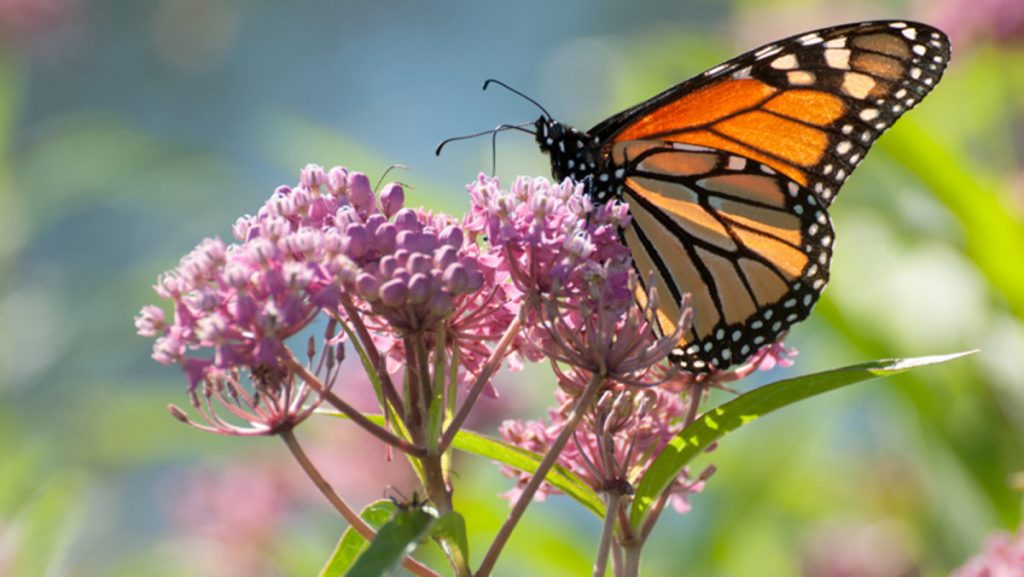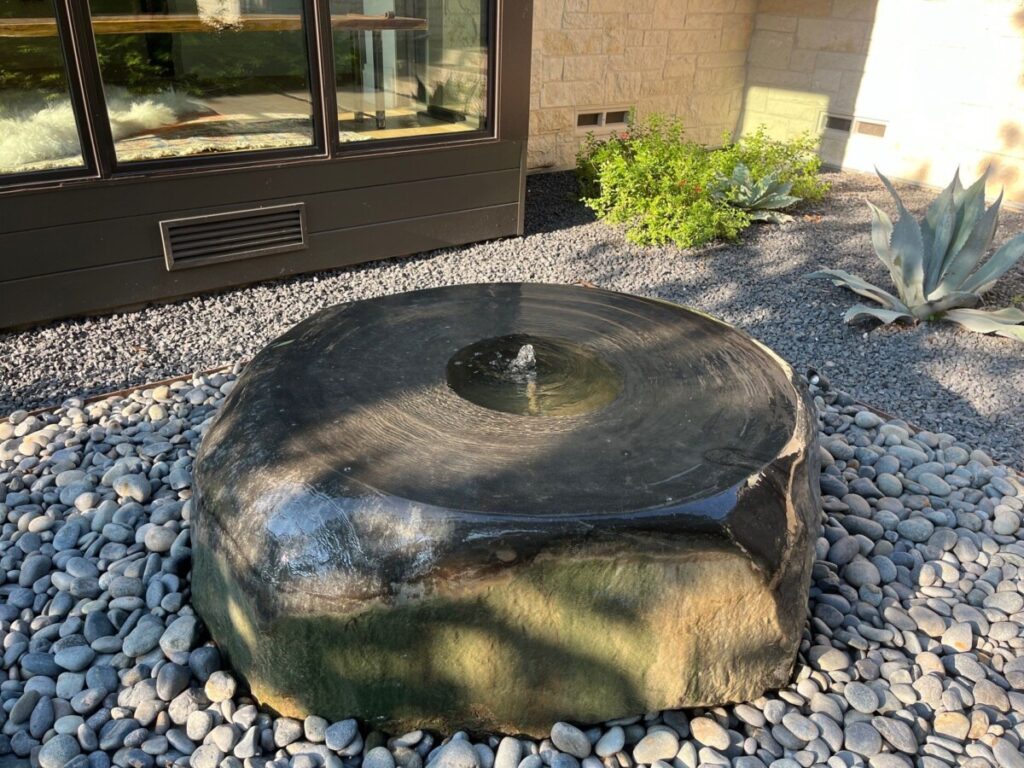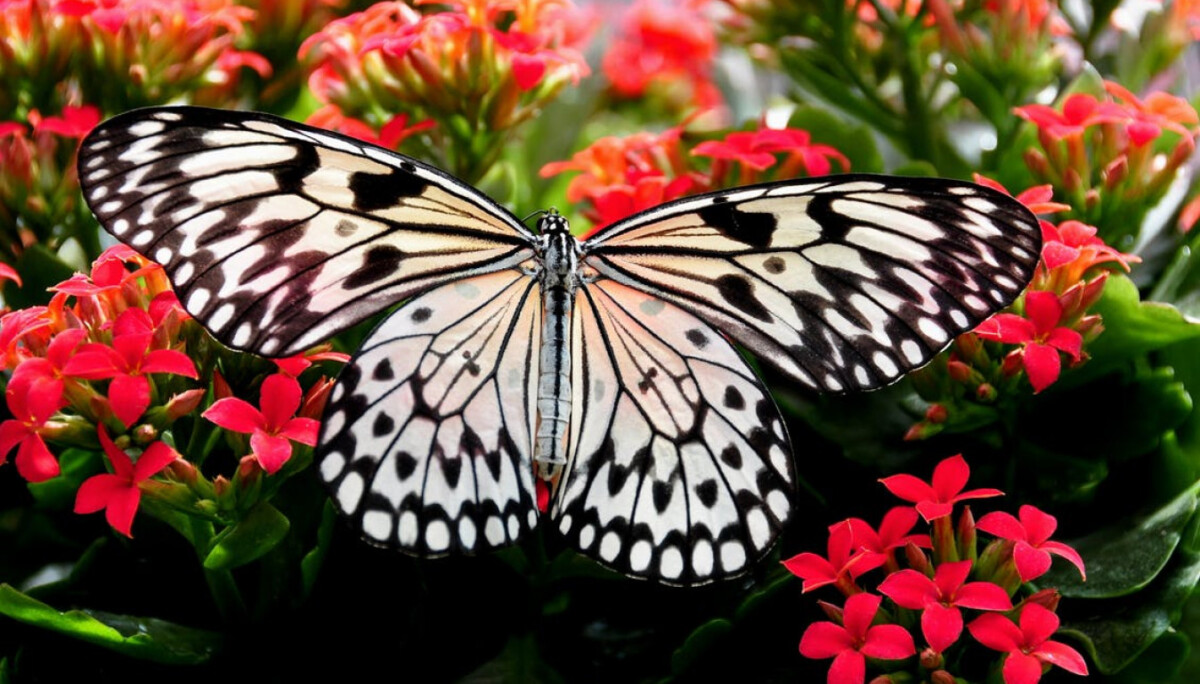
Building a Balanced Butterfly Garden
The Importance of Butterflies and How to Attract Them to Your Gardens
Butterflies have a way of rekindling a sense of childlike wonder in each of us, no matter what our age. Their vivid colors and fluttering wings can innately evoke a smile, refresh our minds, connect us to nature, and even remind us fondly of those we lost. Their mere presence can symbolize hope, recovery, and new beginnings. Since they take on multiple forms, some believe they represent the journey of a soul from one life to the next. Their popularity is evident by the numerous public butterfly festivals, sanctuaries, gardens, including our own Texas Discovery Gardens at Fair Park. Visit for inspiration, and stick with us as we uncover the essentials needed for cultivating your own butterfly garden.
Texas Master Naturalist, Shelby Smith lights up with joy as she describes her experience starting a butterfly garden.
“Actually seeing a caterpillar create a chrysalis, then enter as essentially a worm, totally dissolve and then reassemble its cells to emerge as a butterfly is about as close to a miracle as I can imagine. Butterflies are proof of miracles!”

The Importance of Butterflies
Before we dive into butterfly garden design and functionality, let’s explore how these these graceful insects contribute prolifically to our ecosystem, scientific research, cultural significance, enjoyment, and even recreation.
1. Butterflies as Potent Pollinators
Probably the most primary role of butterflies is pollination. By transferring pollen from one plant to the next, butterflies help fuel food resources for other insects, animals, and humans.
2. Butterflies as Ecosystem Health Indicators
Since butterflies are sensitive to environmental changes, they can be prime indicators of our ecosystem’s health. Fluctuations in temperature, humidity, and plant availability can impact these minute Lepidoptera first and signal a larger issue, alerting conservationists and scientists to carefully monitor a particular region that may need assistance.
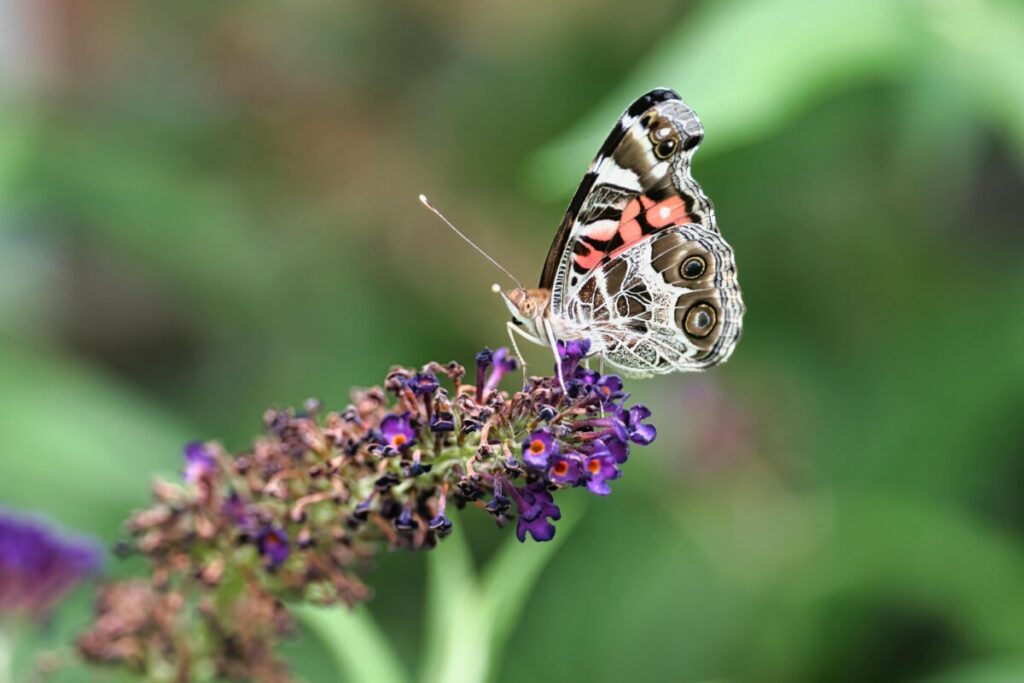
3. Butterflies and Biodiversity
Attracting diverse butterfly species in an ecosystem contributes to an overall healthy environment with a variety of plants and other organisms. This protects our delicate ecosystems by helping them survive extreme weather or disease.
4. Butterflies in Scientific Research
From life stage analysis, genetics, and even climate change, butterflies and their short life cycles have been contributing to important scientific studies for years.
5. Cultural and Aesthetic Value of Butterflies
These magical creatures not only hold significant cultural and aesthetic value, but they are the source of inspiration and recreation. Their metamorphosis secures them as symbols of transformation and hope, bringing creative fire to artists, writers, and musicians. Butterfly watching has become a past time, and even a theme of travel, creating a connection to and appreciation of nature.
6. Butterfly Conservation
Due to urban development and heavy pesticide use, climate change, pollution, and habitat loss has become a real threat to butterflies. In fact, some species, such as the Monarch Butterfly, face the threat of extinction. Building a butterfly garden is one way each of us can help with butterfly conservation. Not only will we help protect our butterfly population, but we’ll also contribute to the well-being of future generations by safeguarding the health of our ecosystems.
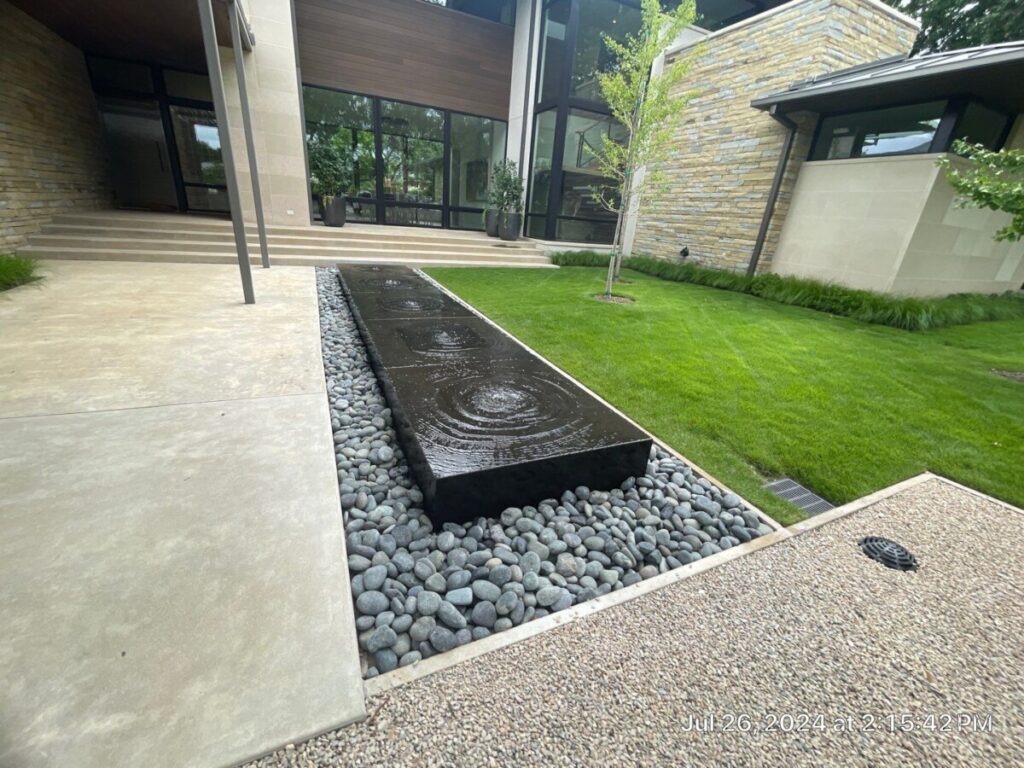
Cultivating Balance for Butterflies
The best butterfly gardens transition through the seasons to offer food, water, and shelter. Plus, different species of butterflies are attracted to different plants, so it’s important to incorporate a variety of both host plants and nectar plants to entice them to your garden. Here’s a handy guide to help gravitate these gorgeous pixies to your gardens.
1. Identify Local Butterfly Species
Learn about the various species of butterflies in North Texas here and plant for what you’d like to attract.
2. Include Host Plants and Nectar Plants
Host Plants
Host plants are instrumental to the beginning of a butterfly’s life cycle. Females carefully choose plants and trees based on chemical cues attracting them. Males are instinctively drawn to these plants for mating. The female lays her eggs, and the resulting caterpillars that hatch feed exclusively on these plants.
Certain species of butterflies rely upon very specific plants. For example, the endangered Monarch butterfly will only lay her eggs on milkweed. Unfortunately, the milkweed habitats have also become scarce, so plant some in your garden to help preserve both!
Another Texas favorite, the Eastern Black Swallowtail, prefers to camp out upon vegetation in the carrot family such as parsley, fennel and dill.
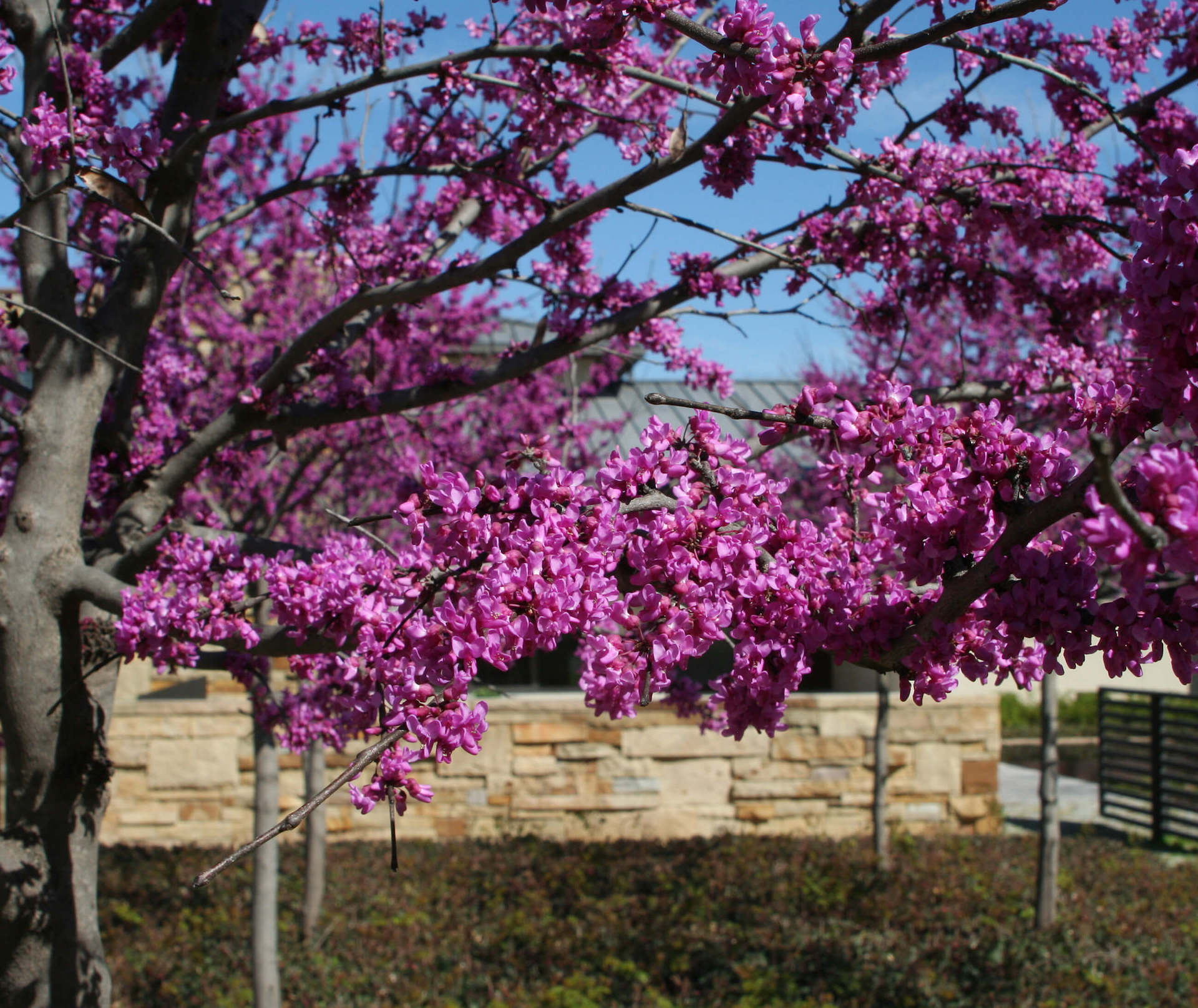
Bonick Garden Manager, Debbie Carpenter loves incorporating Texas redbud trees or turks cap for hosting butterflies. Not only do they provide a breeding ground and essential food for feasting caterpillars, but they also serve as an excellent source of shelter.
Incorporating a variety of host plants propagates the proliferation of the butterfly species. Witness the magic and miracle of butterfly transformation by offering host plants in your garden.
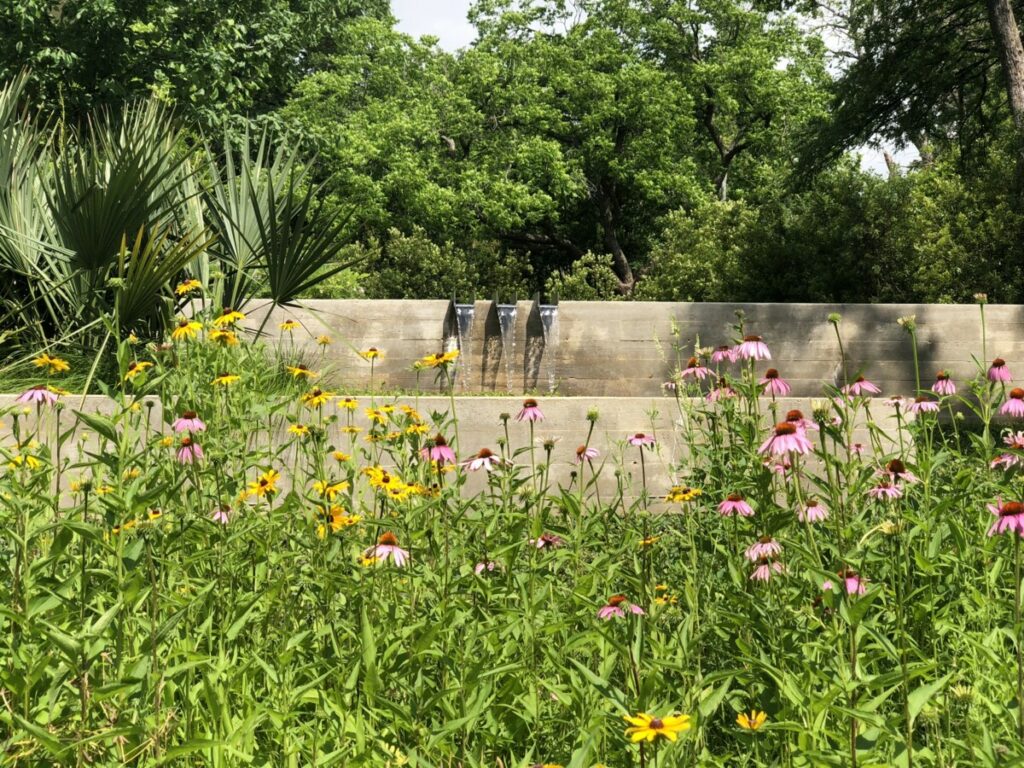
Nectar Plants
While host plants are requisite to a butterfly’s early stages of life, nectar plants are crucial for providing sustenance to adult butterflies. Nectar fuels butterflies with the essential energy they need to fly, mate, and migrate. Plants that produce copious amounts of sugary nectar typically boast brightly colored butterfly-attracting blooms. Popular Texas varieties we love include coneflowers, turk’s cap, and zinnias. Landscape Architect, Tom Nugent likes incorporating lantana, butterfly bushes, and varieties of salvia into his projects to attract and nourish butterflies.
Here’s an excellent guide to selecting the right host and nectar plants based upon butterfly species.
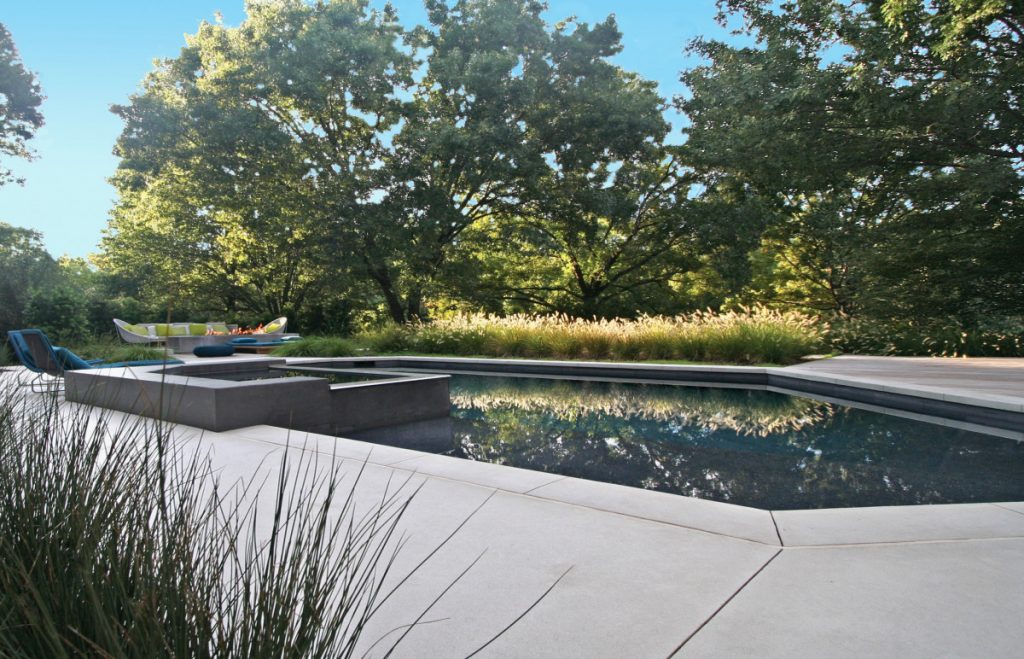
3. Plant for Multiple Seasons
Incorporating a mix of plants for early spring through fall ensures that there is always something bountiful to nourish the butterflies.
Shelby Smith offers her Texas Master Naturalist tips:
- Each plant has its own blooming season—consider this carefully to stagger some for every season in your garden.
- When planting perennials, remember this: 1st yr they sleep; 2nd year they creep; third year they leap. Unlike annuals, perennials don’t look spectacular all summer long—it takes about 3 years for them to reach maturity. However, they also don’t need to be replaced every year.
- Native plants are water savers; plant these during the fall to conserve our natural resources.
- It’s not necessarily bad to see caterpillars chewing on your plants; if you want to enjoy more butterflies, you have to provide food for the caterpillars.
4. Plant in Groups
Create an easy-to-target landing pad by grouping plants of similar varieties together.
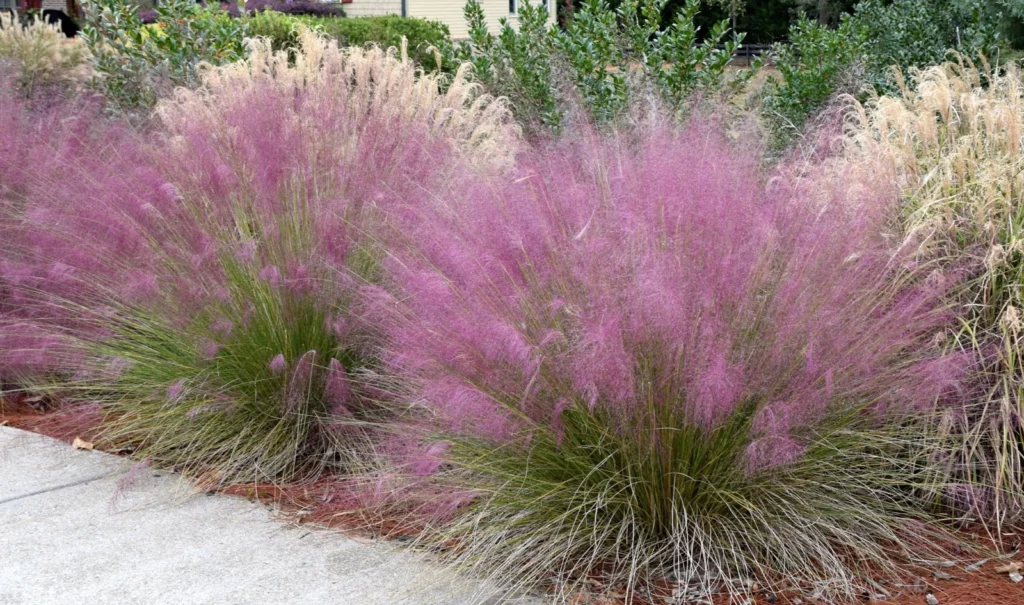
5. Provide Adequate Shelter
Butterflies need shelter from strong winds and rain. Creating a windbreak with ornamental grasses, taller plants, and shrubs can protect them from extreme weather. During winter, ornamental grasses can not only safeguard these sensitive specimens, but they can add seasonal interest and beauty to your landscape. Garden Manager, Debbie Carpenter adores gulf muhly grass to add lush winter color and offer shelter for butterflies.
6. Offer Butterfly-Friendly Water Sources
Butterflies need a source of water for survival. While they’re able to extract some liquid from the nectar of flowering plants, it’s preferable to provide them with areas of low-lying open water. Bird baths, ponds, shallow fountains, or even small places prone to puddling offer ample hydration and bathing basins for your pollinator garden without the danger of drowning.
7. Banish Pesticides
Finally, protect our precious butterfly supply by avoiding use of harmful pesticides. Your personal Garden Manager can apply natural pest control or disease prevention methods when needed.
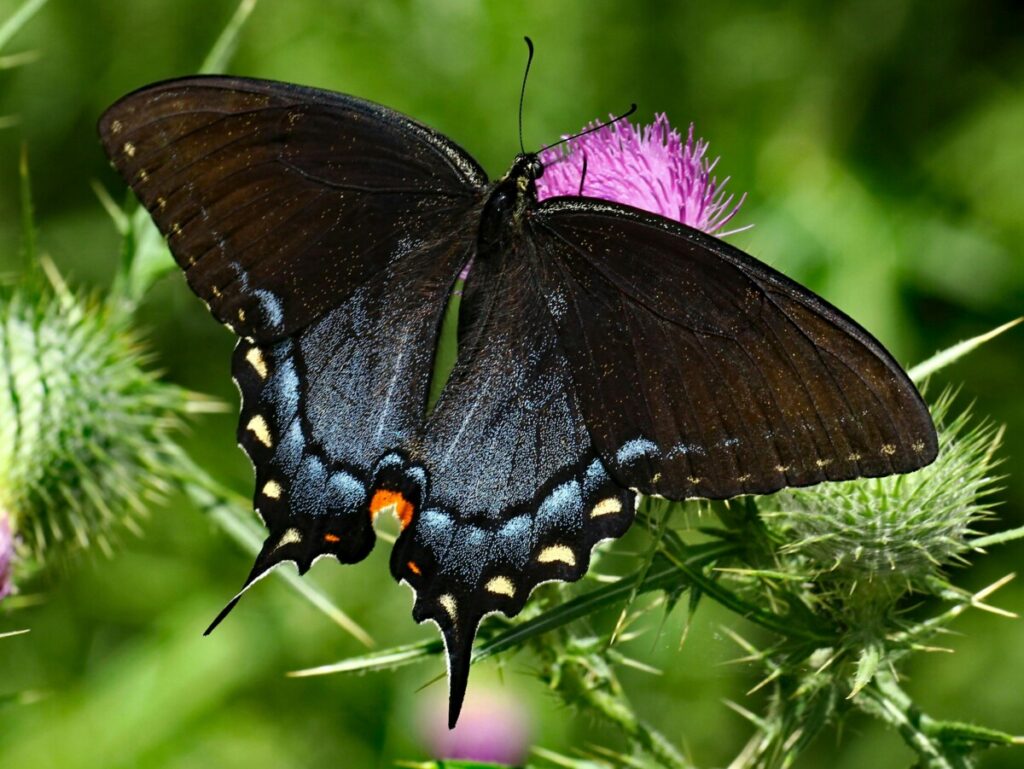
In short, butterfly gardens can be beneficial for our ecosystem, the environment, and your personal enjoyment. Follow the above tips to be a gracious host to these heavenly creatures. Or, enlist the services of our knowledgeable team. Our landscape designers, architects, and garden managers can design, install, and orchestrate ornamental plantings in your gardens to create a paradise for these powerhouse pollinators. Contact us today to assess your landscape and get your butterfly garden started.
Resources:
Enticing Butterflies – Texas Master Naturalists
North Texas Butterfly Species – North Texas Butterfly Gardens
You Might Also Enjoy:
Texas Pollinators with a Purpose
3 Keys to a Successful Pollinator Garden
